Factor VIII Inhibitor Assay – Lab Manual Video

This step-by-step video clearly demonstrates the correct technique for the execution of the manual assay for the presence FVIII inhibitors. Supplementing the Lab Manual written protocol (Section 28), it also explains the theory behind the assay, details the important reagents, discusses the challenges posed by limited resources, and works through the plotting and interpretation of […]
One-Stage Assay of Factor VIII (FVIII) – Lab Manual Video

This step-by-step video clearly demonstrates the correct technique for the execution of the most commonly used manual technique in the diagnosis of bleeding disorders: the one-stage assay for FVIII. Supplementing the Lab Manual written protocol (Section 23), it also explains the theory behind the assay, details the important reagents, discusses the challenges posed by limited […]
APTT – Lab Manual Video

This step-by-step video clearly demonstrates the correct technique for the execution of the fundamental manual technique that constitutes the basis for the most commonly used assays in the diagnosis of bleeding disorders: the activated partial thromboplastin time (APTT). Supplementing the Lab Manual written protocol (Section 13), it also explains the theory behind the assay, details […]
General Care and Management of Hemophilia

This eLearning module presents Section 1 of the WFH Guidelines for the Management of Hemophilia: General Care and Management of Hemophilia. Detailed illustrations, interactive features, a glossary, supplementary resources and self-quizzes bring to life an introduction to hemophilia and the WFH recommendations regarding principles of care, comprehensive care, fitness and physical activity, adjunctive managements, prophylaxis, […]
Treatment of Specific Hemorrhages
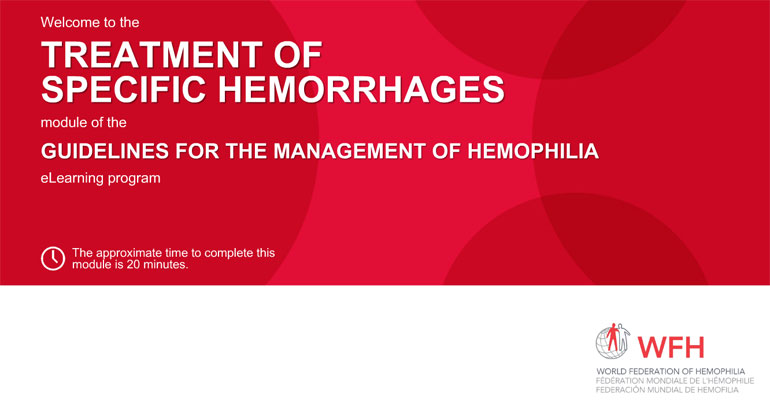
This eLearning module presents Section 5 of the WFH Guidelines for the Management of Hemophilia: Treatment of Specific Hemorrhages. Detailed illustrations, interactive features, a glossary, supplementary resources and self-quizzes bring to life the WFH recommendations regarding the treatment of specific hemorrhages including into muscles, joints, soft tissues, and internal organs, as well as head trauma, […]
Laboratory Diagnosis

This eLearning module presents Section 3 of the WFH Guidelines for the Management of Hemophilia: Laboratory Diagnosis. Detailed illustrations, interactive features, a glossary, supplementary resources and self-quizzes bring to life the WFH recommendations regarding the principles of diagnosis, as well as the technical aspects, equipment, and reagents involved in coagulation laboratory testing for bleeding disorders. […]
International Medical Card
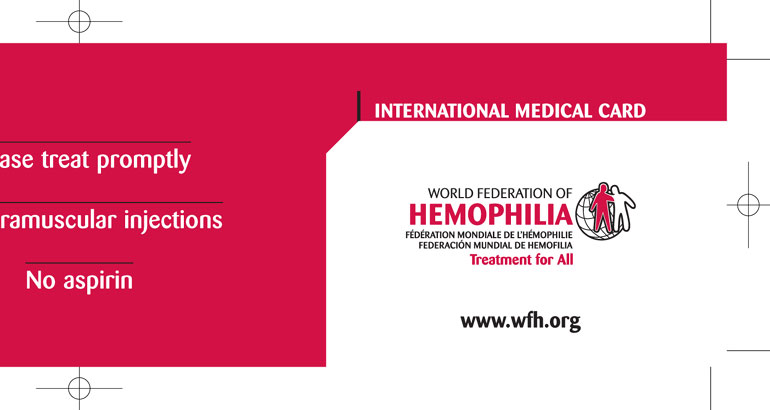
The World Federation of Hemophilia International Medical Card provides critical information to others in the case of an emergency.
Guidelines for the Management of Hemophilia

The 3rd edition has also been translated into the following languages, with permission from the WFH, by NMOs/Other Organizations: Georgian, Portuguese, Ukrainian The 2nd edition is available in: Simplified Chinese The 2nd edition has also been translated into the following languages, with permission from the WFH, by NMOs: Azerbaijani, Polish, Traditional Chinese For additional resources, such […]
Mild Hemophilia
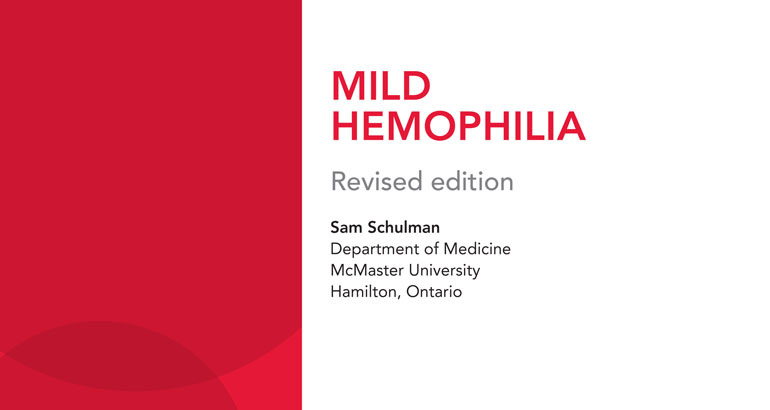
A discussion of the mild forms of hemophilia A and hemophilia B, from epidemiology and molecular basis, via diagnosis, to the treatment options available.
Acquired Hemophilia
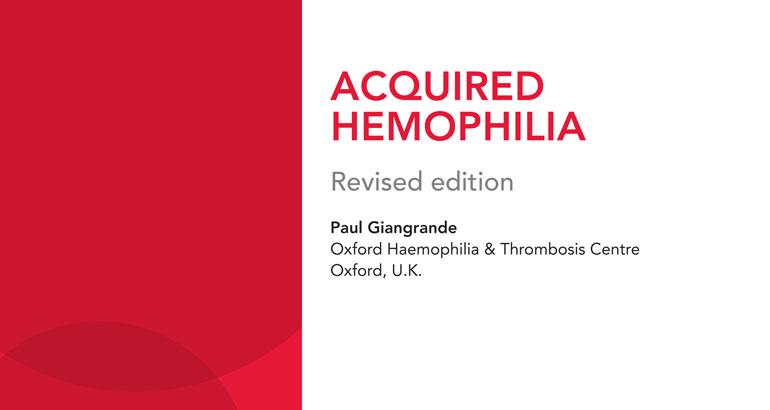
Acquired hemophilia is a rare condition caused by the production of autoantibodies, which inactivate factor VIII. This paper provides an overview of this condition that affects both men and women, its clinical features, epidemiology, laboratory diagnosis, and management.
Guidelines for the Management of Hemophilia – Polish
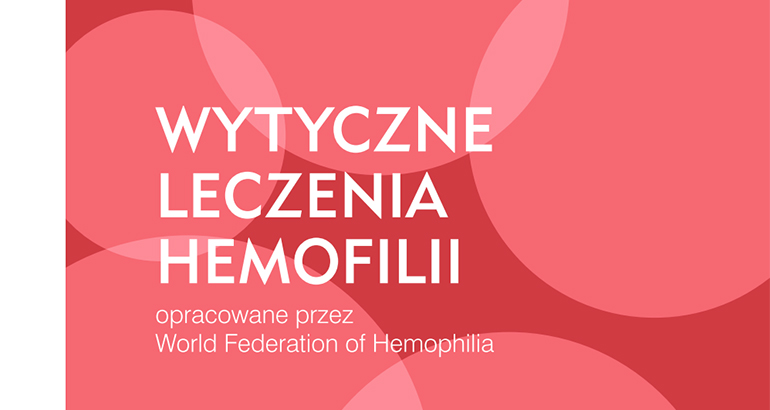
The 3rd edition is available in: English, French, Spanish, Arabic, Russian The 3rd edition has also been translated into the following languages, with permission from the WFH, by NMOs/Other Organizations: Georgian, Portuguese, Ukrainian The 2nd edition is also available in: Simplified Chinese The 2nd edition has also been translated into the following languages, with permission […]
Guidelines for the Management of Hemophilia – Traditional Chinese

The 3rd edition is available in: English, French, Spanish, Arabic, Russian The 3rd edition has also been translated into the following languages, with permission from the WFH, by NMOs/Other Organizations: Georgian, Portuguese, Ukrainian The 2nd edition is also available in: Simplified Chinese The 2nd edition has also been translated into the following languages, with permission […]
